14-days Sailing – Split – Split S2 South Route 2
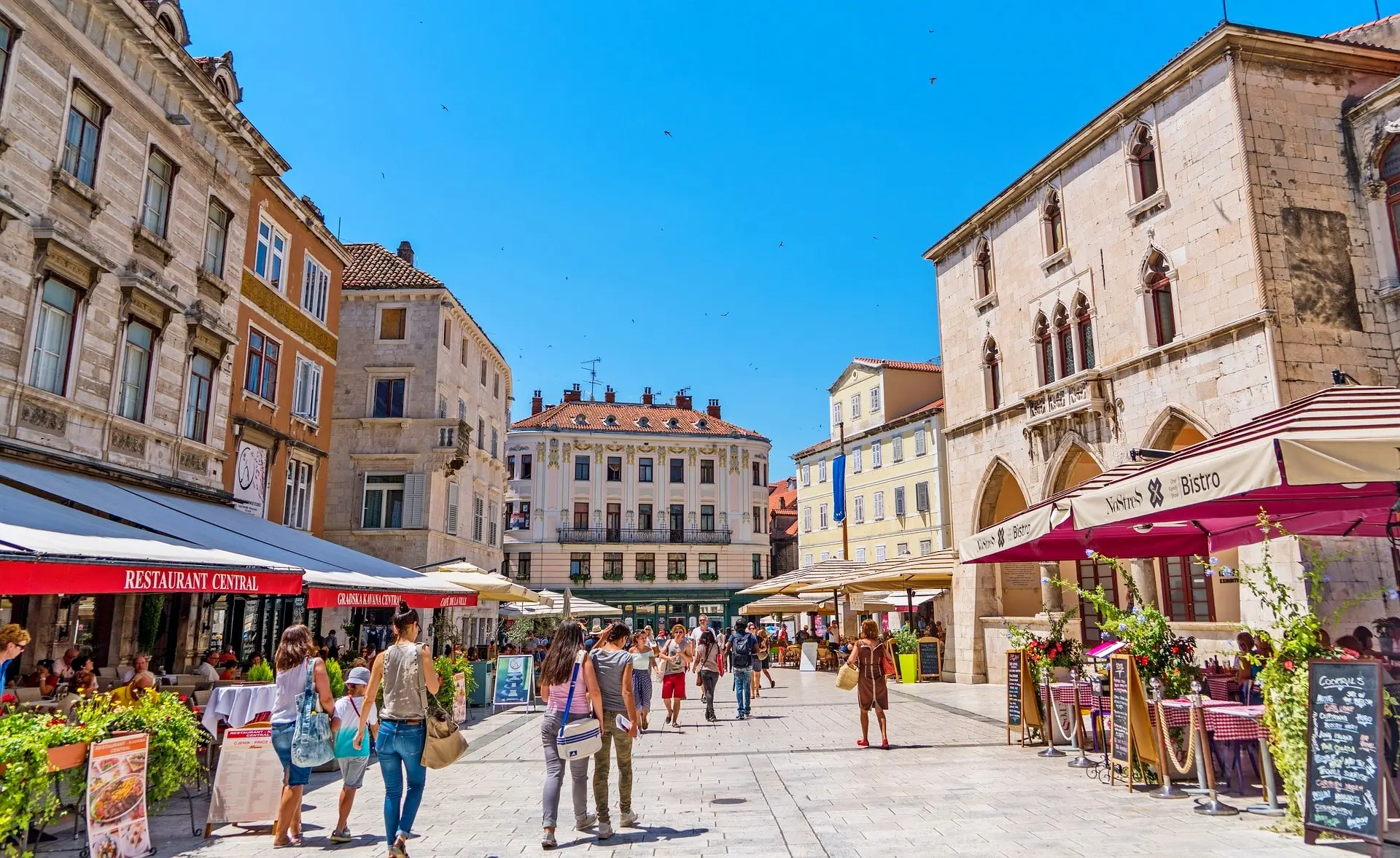
Day 1: Split - Milna (Brač)
Milna is the most protected as well the most beautiful port on the island of Brač. Protected from stronger winds and refreshed by the maestral wind of summer afternoons, it is the ideal haven for people and boats alike. Milna is situated at the bottom of a spacious cove at the western coast of Brač. Crystal blue sea, shades of centennial pine forests, sunlit facades built of Brač stone, ideal diving conditions, domestic and healthy food - all the reasons for coming to this beautiful Mediterranean town. There is a large selection of excellent fish restaurant, pizzerias and many caffe bars in Milna, situated in the immediate vicinity of the sea. ACI marina Milna is located in the southeastern part of the Milna cove, adjacent to the town.

Day 2: Milna - Palmižana
Off the southwestern coast of the island of Hvar, a group of around 20 isles and reefs is situated, known as the Pakleni otoci (infernal islands). Pakleni otoci are a unique and the most distinguished natural beauty of Hvar. Forested isles amidst crystal clear blue sea, countless secluded beaches and beautiful desolate inlets, present a far-known sunny Arcadia of Hvar. The best shelter on Pakleni otoci is the ACI marina Palmižana on the northeastern coast of the isle of St. Klement, which is shielded from all winds. However, in a strong southwestern wind, some tidal waves may occur. Palmižana is the oldest and best known resort on Hvar. It is surrounded by thick pine forests and various other exotic vegetation.
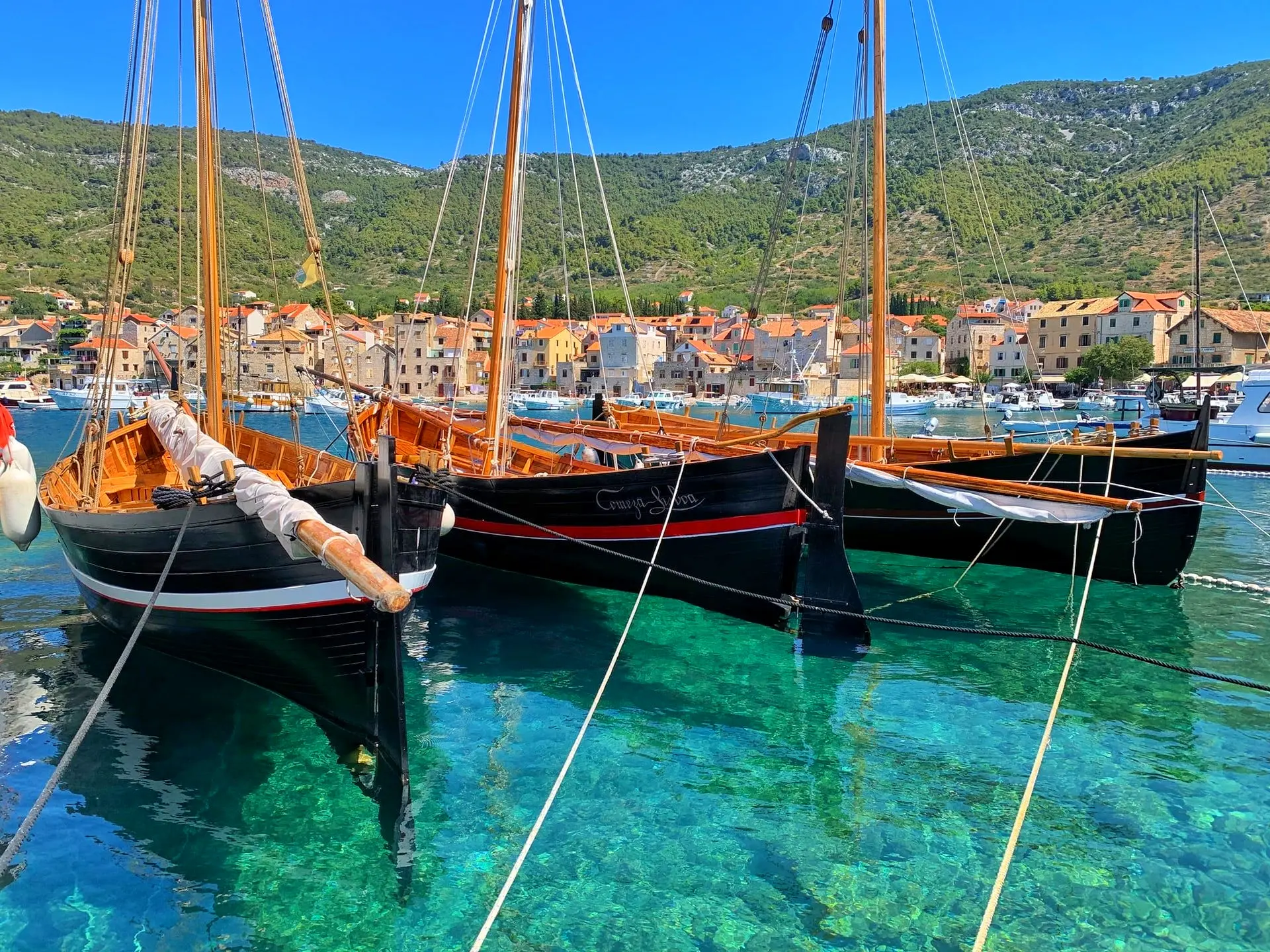
Day 3: Palmižana - Komiža (Vis)
Komiža, the port and town, is situated on the west coast of the island of Vis, along the northeastern side of the spacious bay of Komiža. The port is protected against the east and northeastern winds, but is exposed to the west and southwestern winds. Komiža is considered the cradle of fishing in the Adriatic, as the Fishermen's museum in town testifies. Unique in Croatia, it is located in the old Venetian tower at the town riva. The construction of wooden ships over the centuries has given birth to the "falkuša", a fishing ship endemic to Komiža, unique in the world for its specific build and sails.
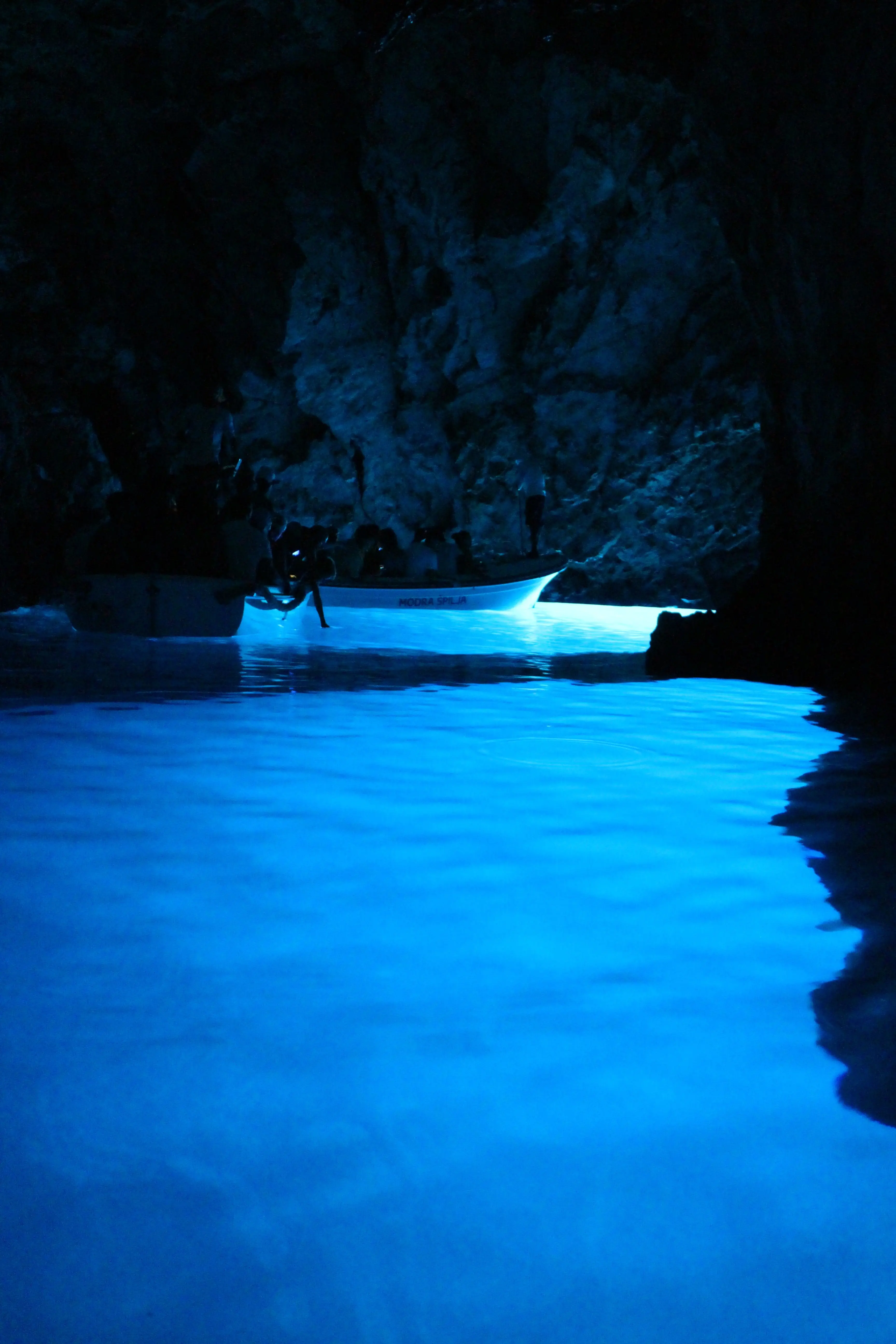
Day 4: Komiža - Biševo - Vis (Vis)
Not far from the island of Vis, a small paradise island rises from the sea - Biševo. It is renowned for its beautiful sandy beaches, colorful underwater life and unusual natural phenomena. The coastline of Biševo is dotted with many caves, the most famous of which being the Blue Cave, in the Balun cove. On sunny days, at high noon, the sunlight penetrates the cave through its underwater entrance, is reflected off the white rock bottom and illuminates the cave in astounding shades of blue, and items submerged inside in all the shades of silver. Entry to the Blue Cave is permitted by small rowboat only, and only in quiet,waveless weather. The town of Vis is situated on the north side of the island, along the beautiful cove of St. Juraj, which appears closed in a ring-like form by the isle of Host. Numerous luxurious restaurants and traditional taverns in the very center of town, will attract you with domestic specialties and a pleasant atmosphere. The port of Vis has low protection against stronger winds..
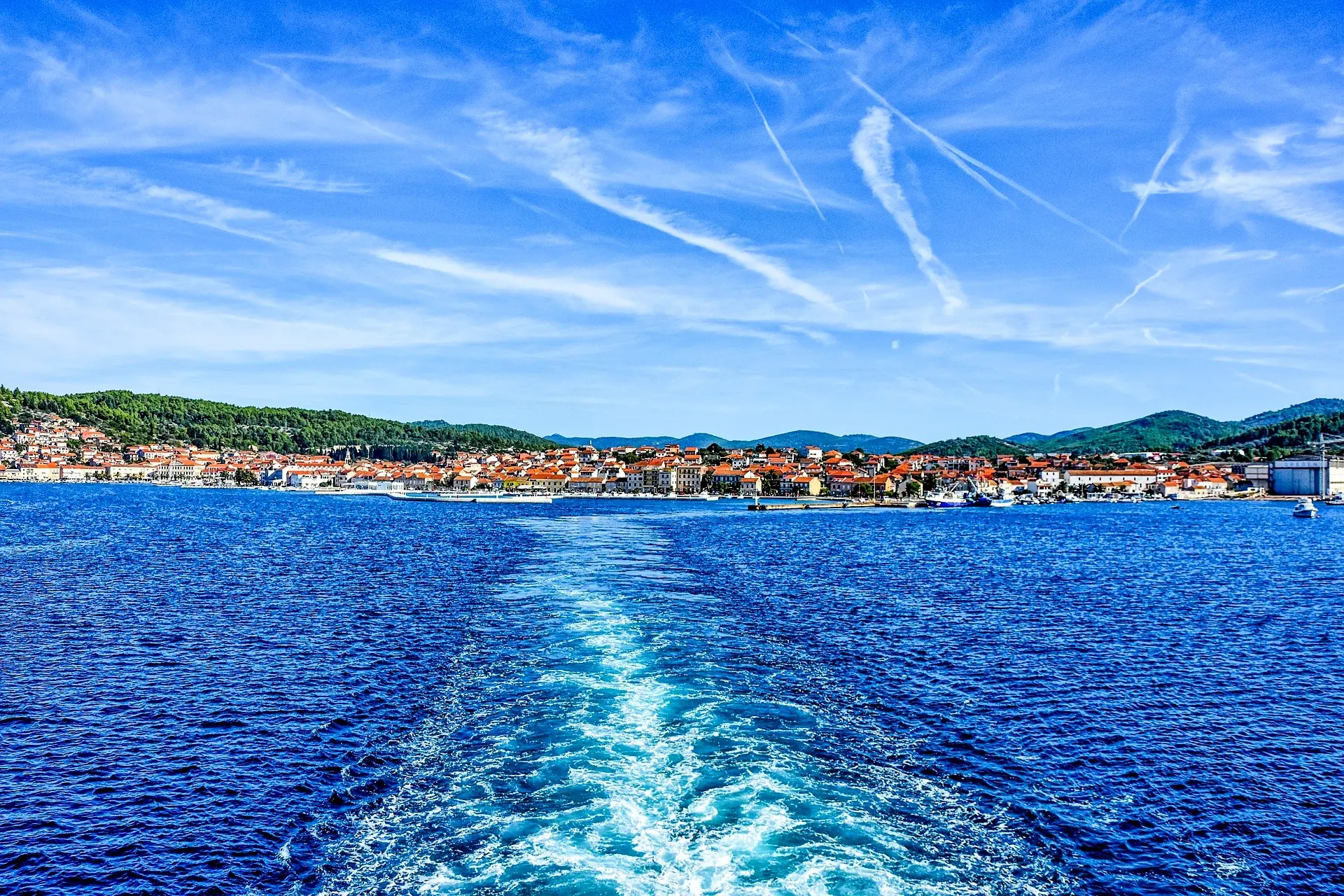
Day 5: Vis - Vela Luka (Korčula)
The area of Vela Luka on the island of Korčula bears archaeological evidence of habitation as early as the Old Stone Age - 20,000 B.C. To the present day, the Illyrians, Romans and Slavic peoples have all left their marks on this soil; with the Vela Luka of today blossoming since the 18th century to the present day. The town of Vela Luka is located at the end of a bay 9,2km long, offering excellent shelter from the elements. Trips are organized many times a day from here, to the many surrounding islands, including the well-known Proizd and Ošjak.
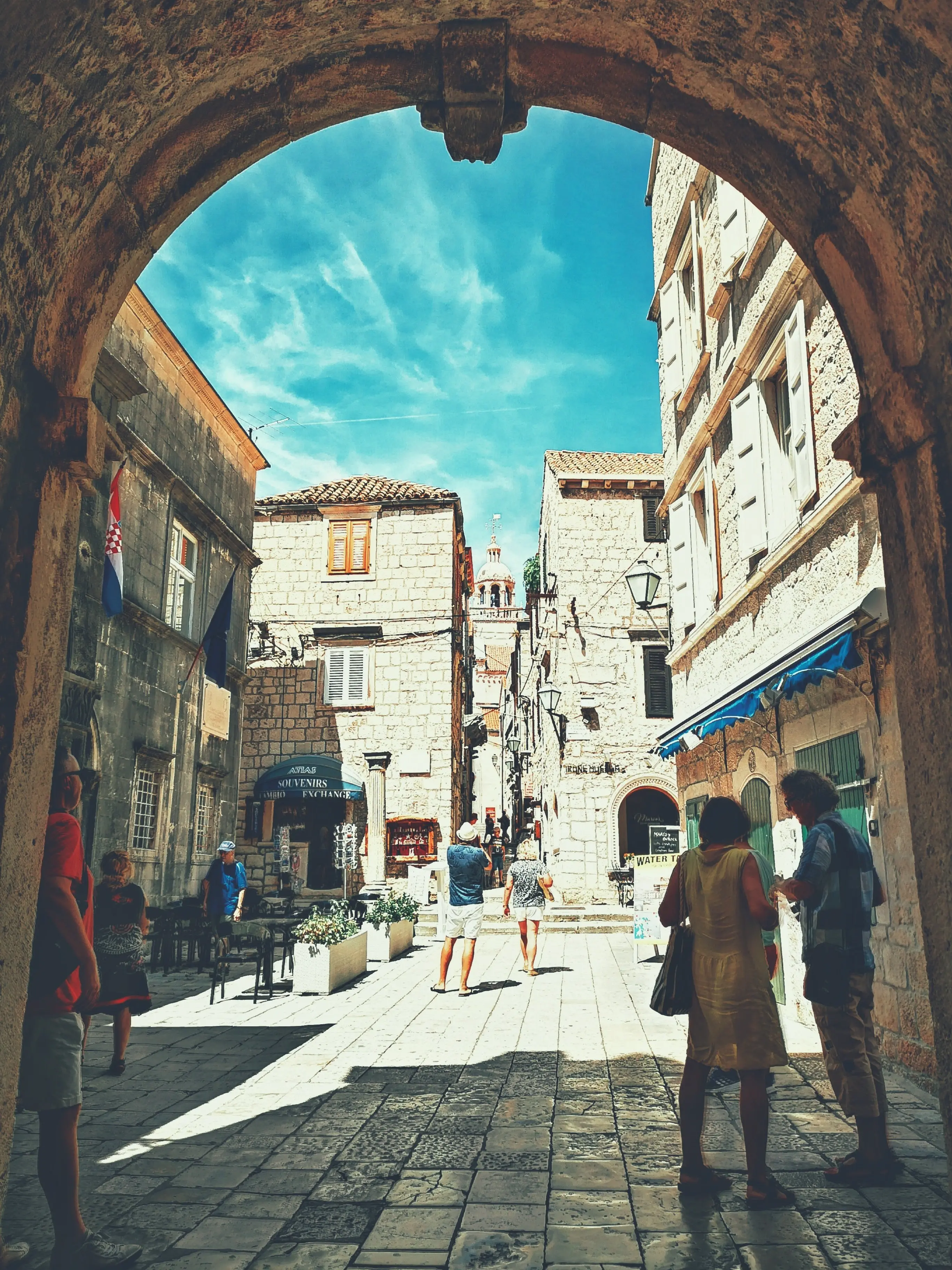
Day 6: Vela Luka - Mali Lago (Lastovo)
The cove Mali Lago is located on the west coast of Lastovo. It is naturally shielded against all winds, with slight exposure to north-northeast, during which it is not recommended to sail into the cove. It is recommended to berth on the cove's west coast.
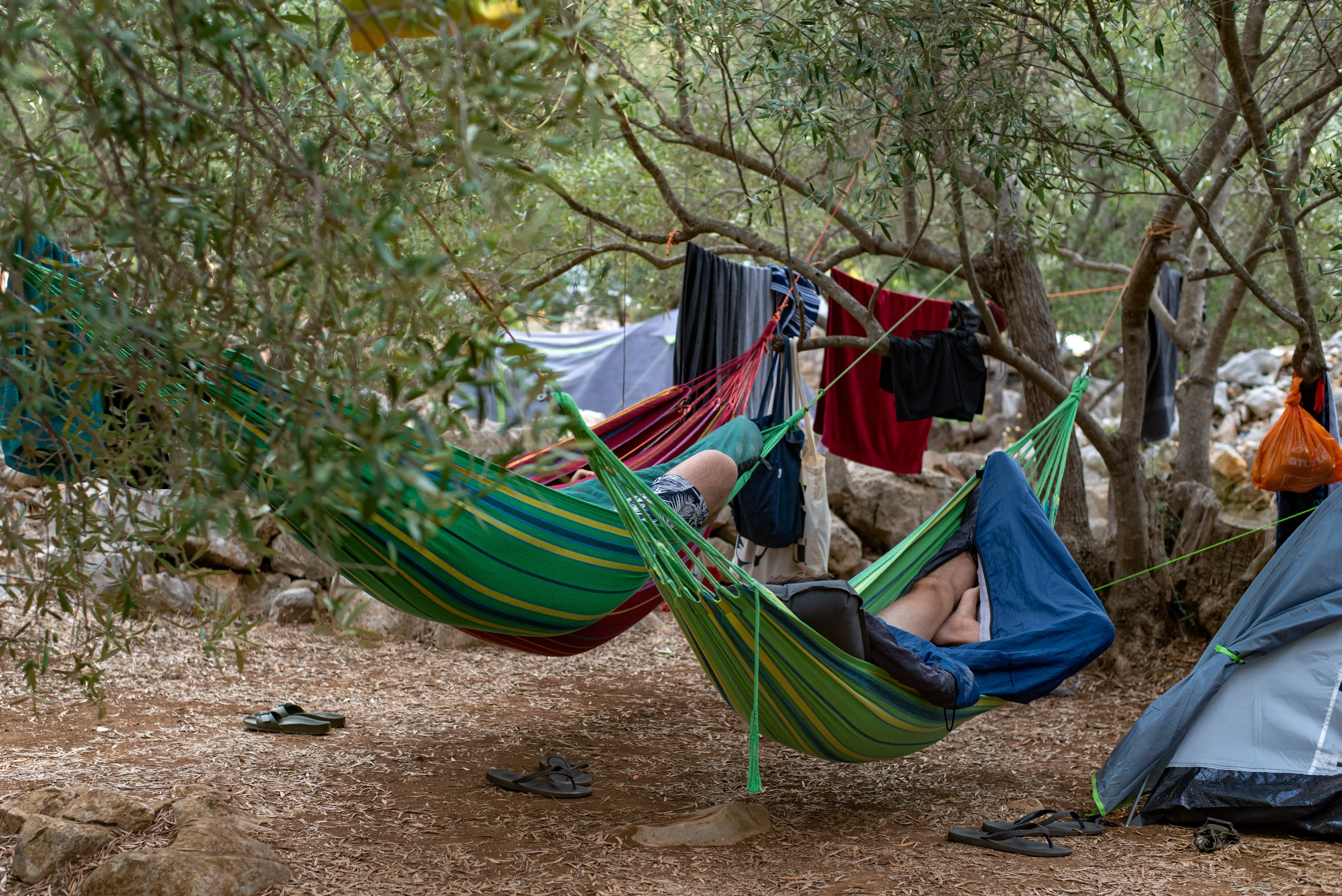
Day 7: Mali Lago - Skrivena Luka (Lastovo)
Skrivena luka (Hidden port), is aptly named for its position and surrounding, apparent to anyone approaching it from the sea. Situated on the southeastern end of Lastovo, it allows berth in the middle of its cove, up to 15m deep. It has excellent protection against all winds.
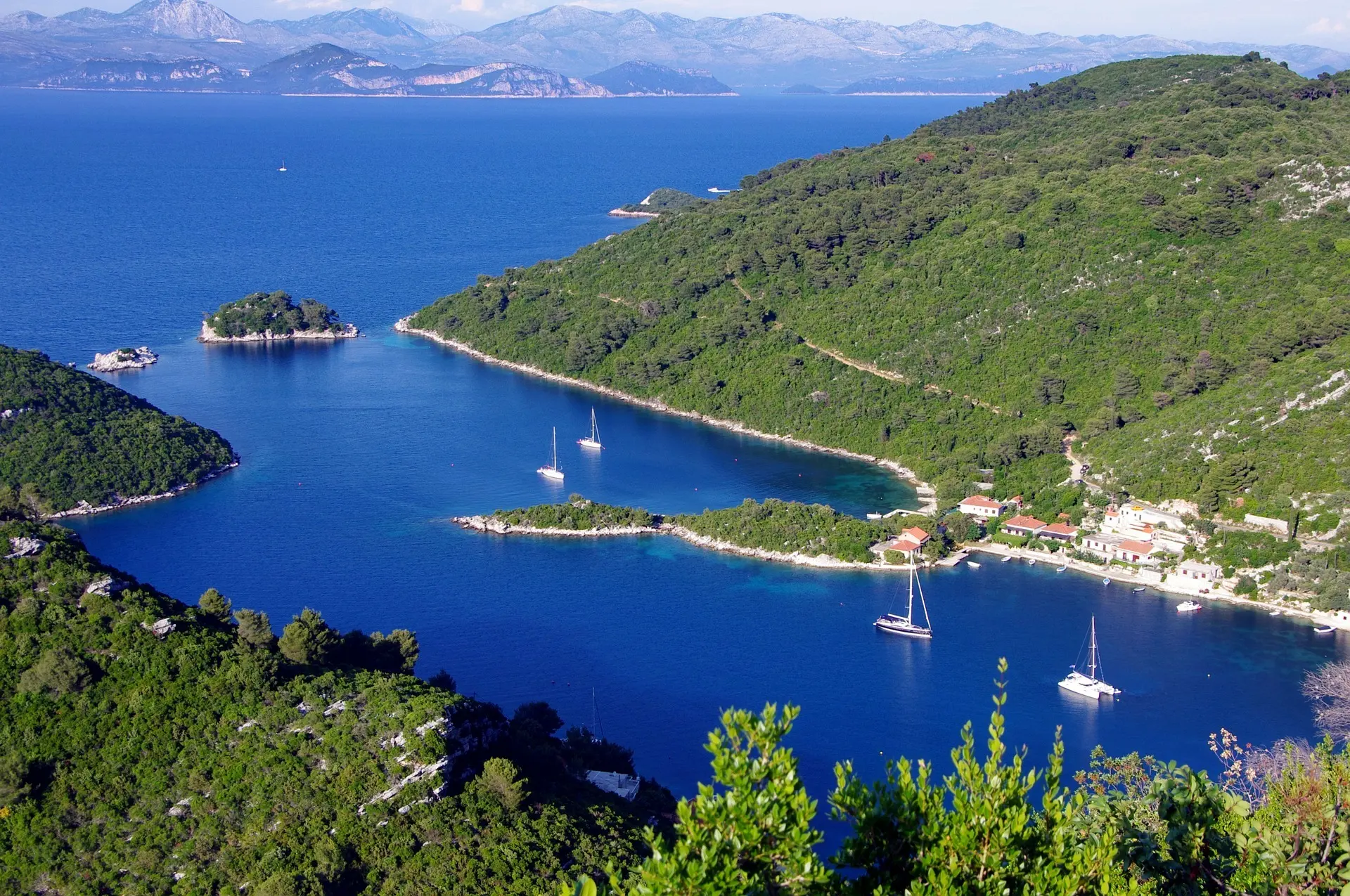
Day 8: Skrivena Luka - Polače (Mljet)
Polače is a cove on the north side of the island of Mljet, naturally shielded against all winds. It offers berthing from 2m - 5m depth on several locations within the cove, and larger vessels berths at several places at its mouth. Caution is advised when entering the cove, due to many shallow areas.
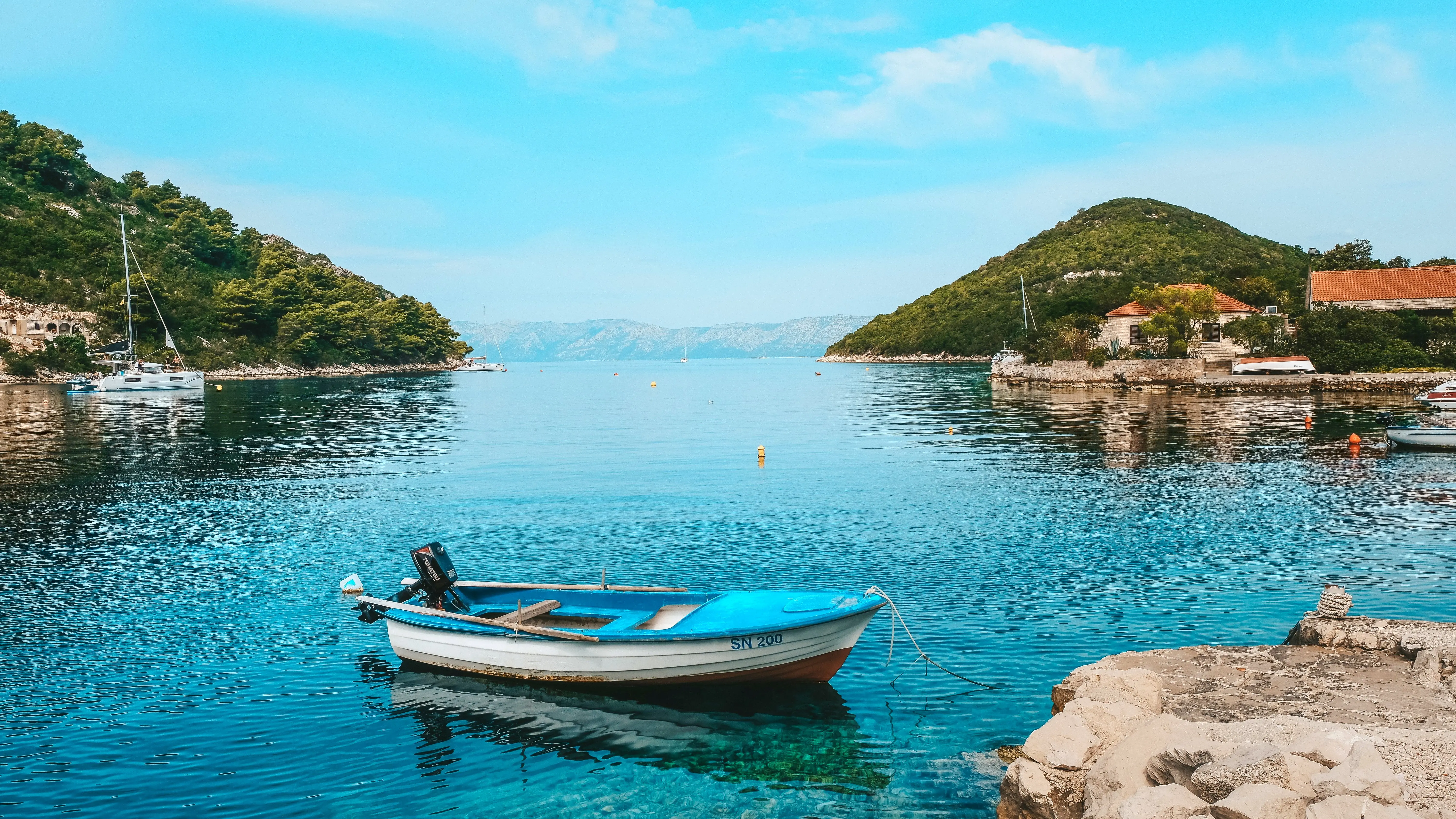
Day 9: Polače - Okuklje (Mljet)
Okuklje is the best-protected cove on the island of Mljet, shielded from all the winds. It allows for berths at several locations within it, from 2m - 4m deep. Be mindful of the reef in the southwestern part of the cove, which is marked with an iron pole.
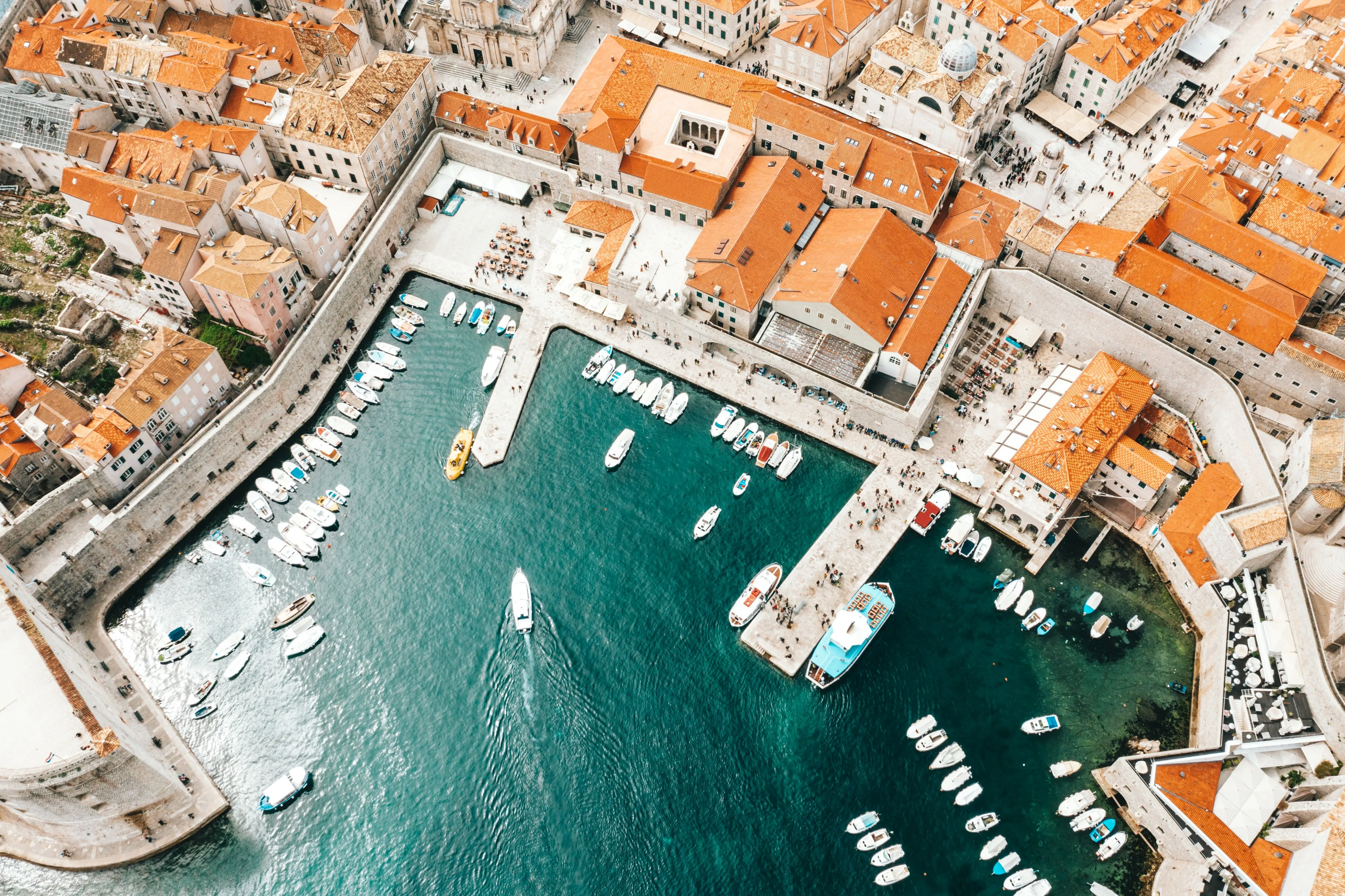
Day 10: Okuklje - Dubrovnik
The city of Dubrovnik, once the center of the Dubrovnik Republic which, for a time, competed on equal ground with Venice in the north, is today one of the most important tourist and historic centers on the Adriatic, as well as the Mediterranean. By far the best way to experience the vast cultural and historical heritage of Dubrovnik, is to traverse its streets on foot. A stroll over the famous Stradun, and the 25m high, 2km long City walls, will take you past numerous palaces, churches, and various places whose lesser significance all adds up to the vast glory of Dubrovnik. Its name is somewhat of a synonym for Croatia in the far corners of the world, and the more you learn of Dubrovnik, the less surprised you will be to know that its population increases tenfold during the peak of the tourist season.
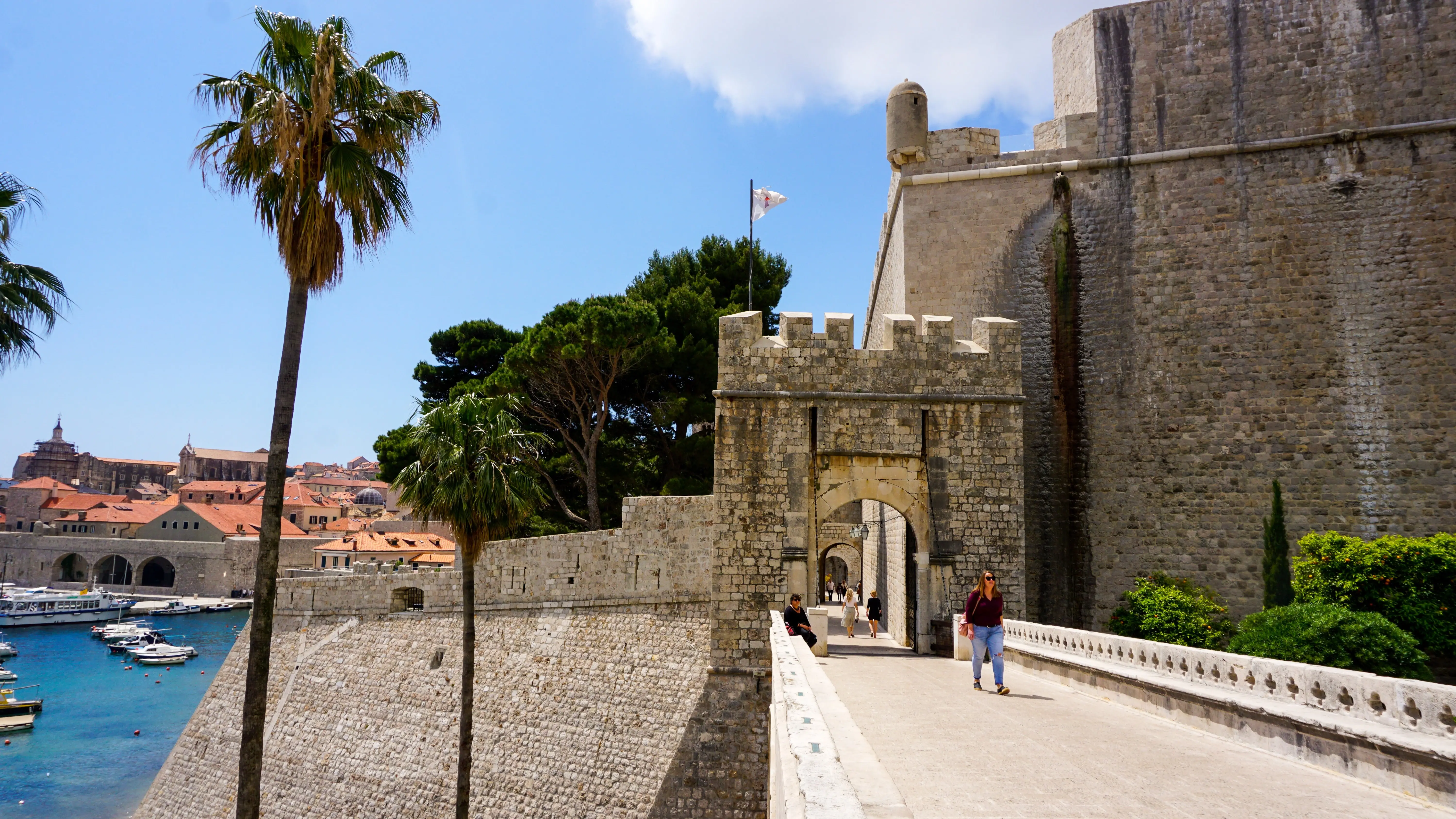
Day 11: Dubrovnik - Šipan
Šipan is the largest island of the Elaphite island group, off the coast of Dubrovnik. On its modest surface of 15km2, there are 42 villas and 34 churches; largely abandoned in the present day, though some are being restored. The pristine nature and abundant, authentic Mediterranean vegetation were recognized here since ancient times. Once housing over 7000 people, Šipan's only two villages Šipanska Luka and Suđurađ are home to around 450, mostly elderly citizens today. The crises of the 20th century led to Šipan's decline, but in recent times many investments promise a turn for the better. It is nevertheless a site of beautiful scenery, marine and land flora and fauna, and as such is a part of every excursion and travel plan through the southern Adriatic.
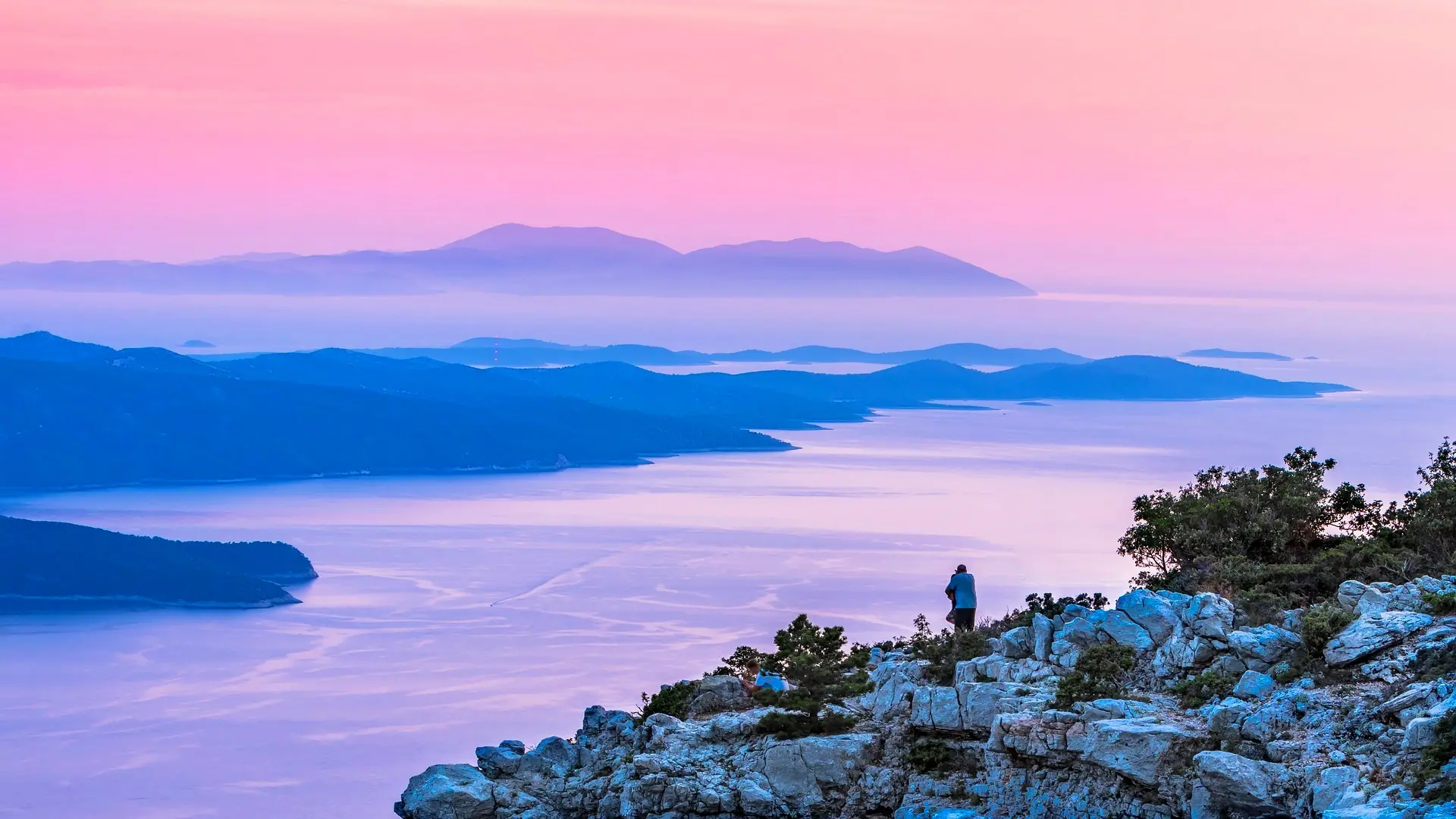
Day 12: Uvala Lučice - Maslinica (Šolta)
The island of Korčula is the jewel of the Adriatic archipelago. The island is indented with a series of isles and inlets, and a special mark is bestowed on it by its lush vegetation. Around it, you can enjoy swimming on many beaches, as well as diving in an underwater world of exciting flora and fauna. The city of Korčula is a historic and tourist center of its island. It is one of the best preserved medieval cities in the Mediterranean. Moreška, danced within Korčula, is one of three chivalric dances that you can witness only on this beautiful island. The town of Korčula is also considered the birthplace of the world's greatest traveller, Marco Polo, whose house of birth is located in the center of the old town. ACI Marina Korčula is situated in a small inlet east of town. Its northern side is protected with a breakwater.
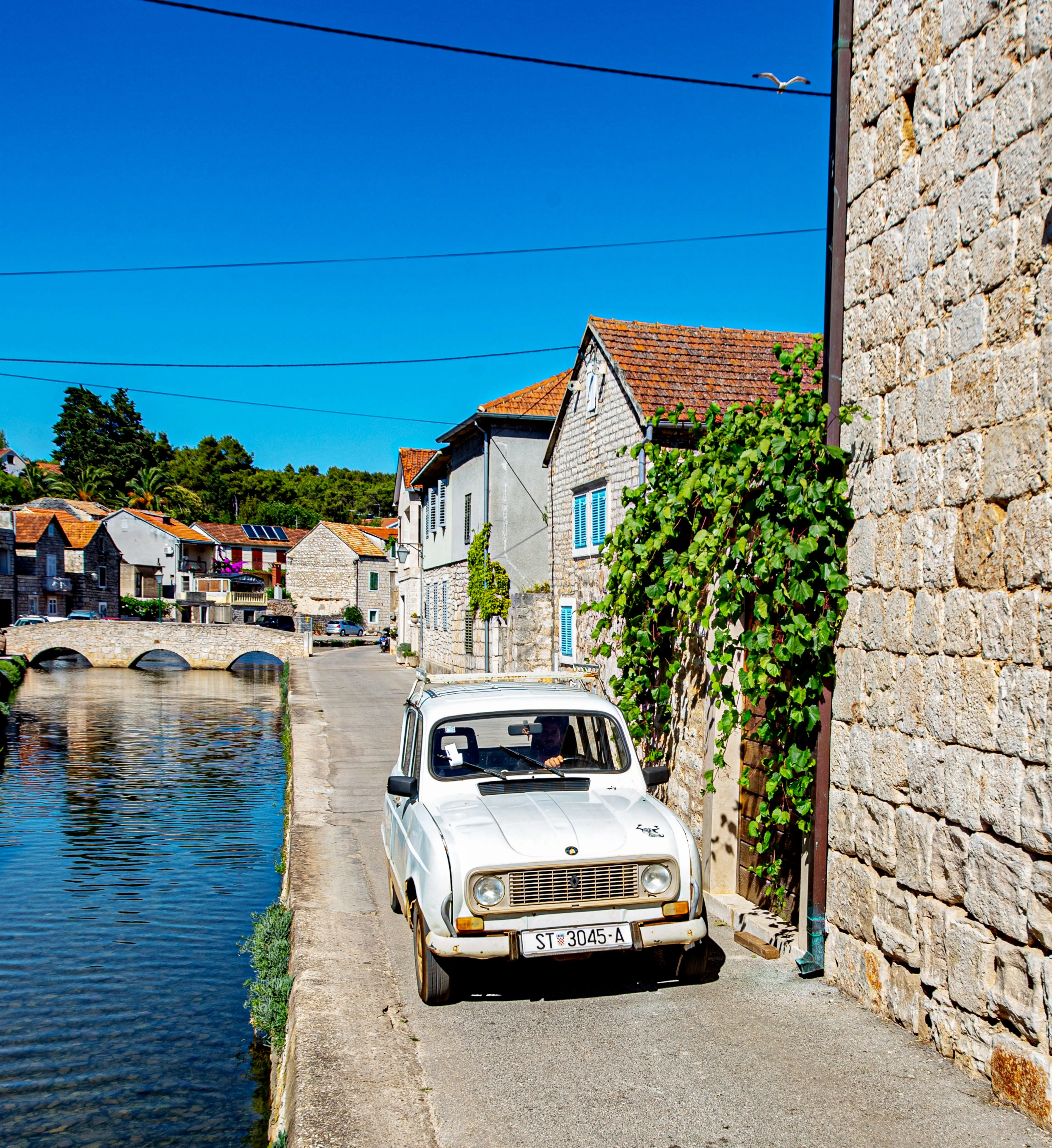
Day 13: Korčula - Vrboska (Hvar)
Vrboska is the smallest town on the island of Hvar, situated at the end of a deep and narrow cove. Due to the beautiful isle at the center of the cove, connected by many little bridges, it has been named "Little Venice". Vrboska is distinguished for its pristine nature, cultural monuments and the architecture of its winding alleyways. One of the attractions Vrboska has to offer is the Fishermen's museum whose permanent display includes all of the traditional fishermen's equipment. ACI marina Vrboska is located on the southern coast of the port's outer section, and provides good protection from all winds.

Day 14: Vrboska - Bol (Brač) - Split
Bol is the oldest town on Brač and one of the most renowned tourist destinations on the Adriatic. It is situated in the central part of the southern side of the island, below the Bolska Kruna range and Vidova Gora - the highest peak of the Adriatic islands. The coastline of Bol is God-given for relaxation, for its many niches of peace and comfort. The area is characterized by beautiful beaches, the most famous of which is Zlatni rat. Zlatni rat is the most beautiful beach on the Adriatic and a unique natural attraction. The gravelly cape is a unique natural phenomenon - spanning over half a kilometer into the sea, its shape and angle continuously shift according to the will of the waves and sea currents.

